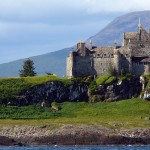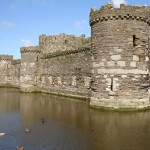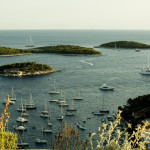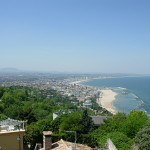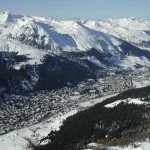Malta’s History of Emigration in the Spotlight
A fascinating yet widely overlooked part of Malta’s history is on display for the first time; at a museum at the Emigration Commission the Maltese capital of Valletta, the history of 150 000 emigrants who left the country over the years has been mapped, documented and displayed to the public.
The Commission was first established in 1952 with the purpose of helping emigrants leaving the country during the post-World War 2 era. All preparations and departures were carefully documented and kept on file. Now, these documents have been made available at the Commission’s library and digital archives. The idea for this historic presentation was first conceived in 2000, and following approval from the Convention of Leaders of Associations of Maltese Abroad and of Maltese Origin, it was finally inaugurated on December 4th 2012. The project is sponsored by the Vodafone Malta Foundation and APS Bank.
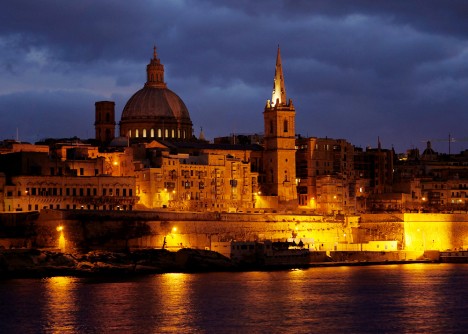
Valletta at night, Malta by Joshua Zader
Malta’s Migration Phenomenon
Emigration has played a significant role in the history of Malta; the process served as a safety measure against a population explosion on the small Mediterranean island following World War 2, and it’s been revealed that between 1948 and 1967, a stunning 30% of the nation’s population emigrated. According to the Emigration Commission’s history, approximately 28% of people who left Malta went to Australia, 10.5% went to the United Kingdom and 6.5% moved to Canada. The United States was also a popular destination. Through the assisted passage scheme provided by the Emigration Commission, these immigrants received help with the costs of their journey, and many were taught to speak and read English. Emigration rates dropped again in the 1970’s.
History and Heritage
The aim of this newly inaugurated museum is to preserve this part of Maltese history, showing a record of how the emigration phenomenon developed, and what Maltese emigrants contributed to their newly adopted countries. It is also hoped that Maltese communities around the world will come to understand this part of their history and culture a bit better, and that their sense of connection to their Maltese roots will grow.
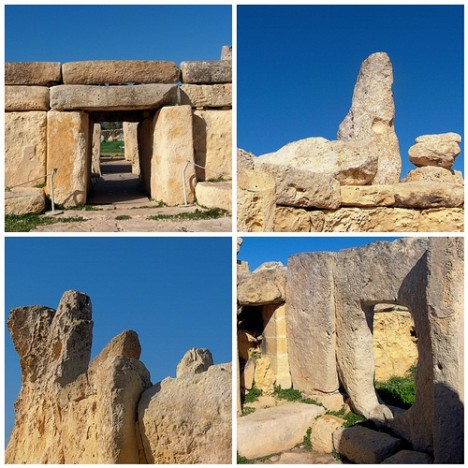
Hagar Qim Neolithic Temple; Qendri, Malta by John Haslam
Modern-Day Malta
Today, Malta’s population density is one of the highest in the EU, standing at 1.282 per square kilometre. Local Maltese people make up the majority of the population, with the most prevalent minority group being British people who have retired to the sunny island nation.
Crowds of students, school groups and researchers will be visiting the Emigration Commission’s archives in the coming months; this close look at Malta’s history should also prove fascinating to those residents who immigrated to Malta from countries around the world.
Nicky Warner is a London-based blogger who occasionally travels to Malta; these journeys have taught her a great deal about Malta companies and a keen interest in the history of Malta.
Category: Malta






